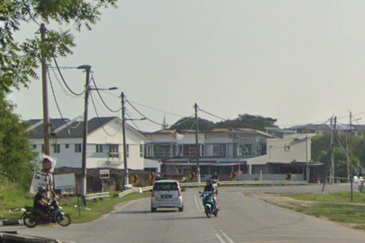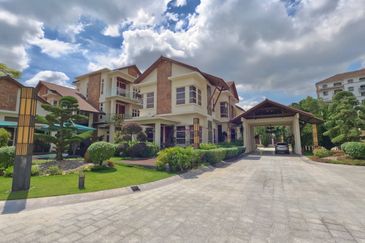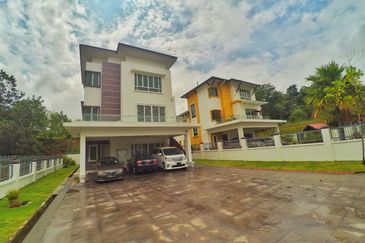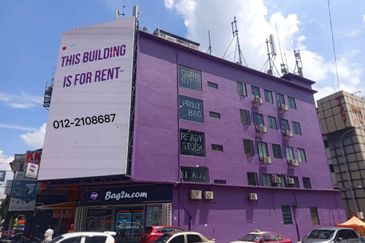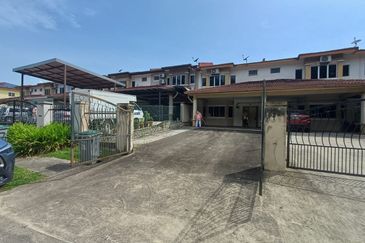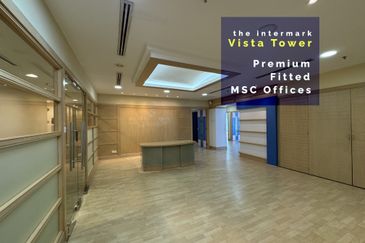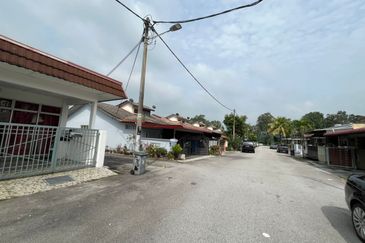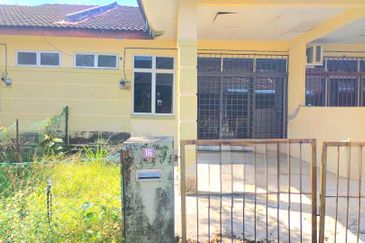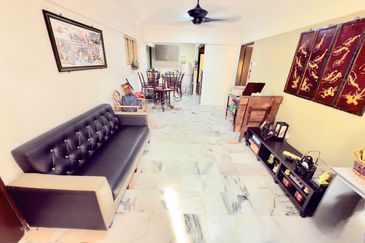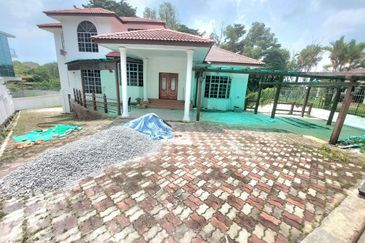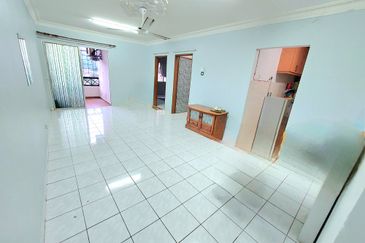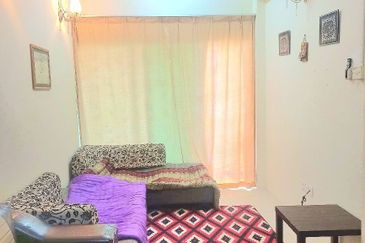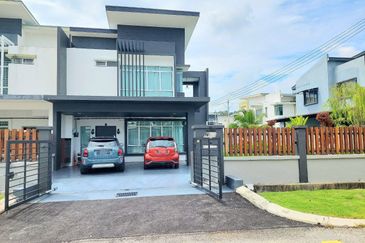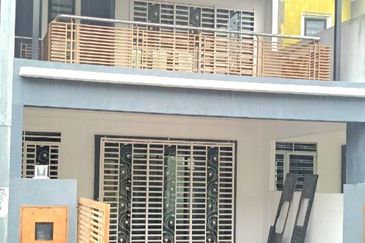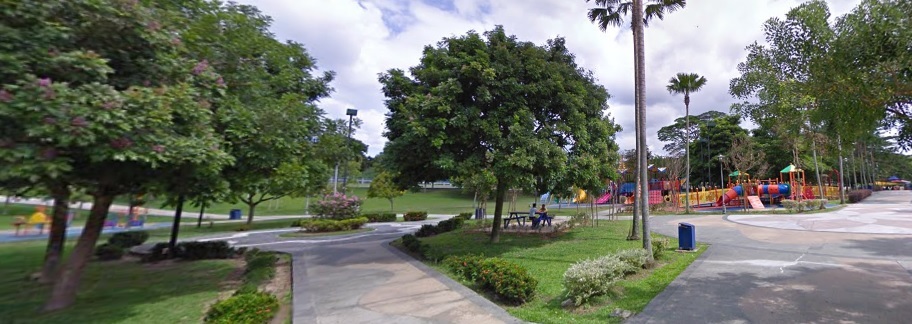
- Condominium prices also charted steady growth, with average transacted values rising 3.11% from RM482 per sq ft in 2022 to RM497 per sq ft in 2024. This upward trajectory is underpinned by sustained demand, ongoing infrastructure enhancements, and the area’s increasing appeal as a mixed-use, lifestyle-oriented destination.
KUALA LUMPUR (Aug 15): Property values surrounding Taman Tasik Metropolitan Kepong have recorded gains across multiple segments with the commercial segments in the vicinity registering the sharpest increase, surging 30.77% from RM1.3 million in 2023 to RM1.7 million in 2024, according to EdgeProp EPIQ.
Condominium prices also charted steady growth, with average transaction prices rising 3.11% from RM482 per sq ft in 2022 to RM497 per sq ft in 2024, reflecting sustained demand, ongoing infrastructure improvements, and the area’s growing appeal as a mixed-use, lifestyle-oriented township.
Landed residential properties within a 1.3km radius of the park posted a more modest gain, with average prices edging up 0.24% from RM849,000 in 2023 to RM851,000 in 2024.
Kiara Bay, one of the newer developments on the Metropolitan side, a 73-acre mixed-use development in Kepong, was introduced to the public in October 2019, with the launch of its first phase in the following month—the 4.4-acre Residensi AVA serviced apartment.
The project is a 50:50 joint venture between UEM Sunrise Bhd and Melati Ehsan Holdings Bhd. With a gross development value (GDV) of RM664 million, Residensi AVA comprises 870 units housed within two 41-storey towers. Unit sizes range from 813 sq ft to 1,285 sq ft, with selling prices starting at RM567,800 to RM946,800. The vacant possession for Residensi AVA was delivered in phases, beginning on May 5, 2025, and is yet to have a fixed date as to when the batches will be completed.
Located adjacent to the Kepong Metropolitan Park, the development forms part of the wider urban growth taking place in the area, which is also marked by a new development dubbed Kepong’Gi Square. Located near Kiara Bay, the maiden development by Metropolitan Lake Development Sdn Bhd has already seen the opening of part of its commercial hub. Spanning 2.75 hectares, the commercial shoplot project with a GDV of RM220 million forms part of the Metropolitan Waterfront masterplan, with future plans including a residential condominium and multipurpose community centre.
From mining town to modern precinct
Sited in northern KL, Kepong was one of the earliest settlements for the tin mining community in the 1860s. Subsequently, the age-old township welcomed Kiara Bay, which has changed the landscape of Kepong since then.
The area’s evolution is most evident in the widening divide between its historic core and its emerging urban section, which is unofficially known as the Metropolitan side because of its proximity to the 218.8-acre public park, the largest recreational lake park in KL.
While Kiara Bay is the newest development on the Metropolitan side, it is not the first. Fifteen years ago, a gated-and-guarded township named Laman Rimbunan already started reshaping the Kepong landscape. Developed by a joint venture between Faber Group Bhd and Metro Kajang Bhd, the RM600-million landed residential project spans 100 acres.
Located approximately a 10-minute drive from Kiara Bay, the property prices here have recorded an increase from RM1.4 million in 2023 to RM1.6 million in 2024 for land sizes between 1,399 sq ft and 3,358 sq ft.
According to EPIQ data, several developments are currently under construction in the vicinity of Taman Tasik Metropolitan Kepong. These include Residensi ZIG Kiara Bay serviced apartment, the newer phases of Residensi AVA and The Village community wellness hub, all of which form part of the Kiara Bay master development.
Different picture, different prices across the street
Just a few streets away, Kepong Baru presents a markedly different picture. The name itself—"Baru", meaning "new" in Bahasa Malaysia—is an oxymoron against the area’s visibly aged character.
EPIQ revealed that the average transaction price for non-landed properties here have declined from RM356,000 in 2023 to RM340,000 in 2024 for units with built-up areas ranging from 601 to 1,076 sq ft, reflecting a distinctly different growth trajectory within the same postcode.
Similarly, the average transaction price for landed properties in Kepong Baru fell from RM773,000 in 2023 to RM750,000 in 2024 for land areas of 915 sq ft to 2,605 sq ft.
The commercial segment also experienced a descent, with prices dropping from RM1.4 million in 2023 to RM1.2 million in 2024 for built-ups of 829 sq ft to 2,949 sq ft.
Here, the rhythm of life seems to remain grounded in familiarity—where generations-old communities and humble shoplots continue to thrive, quietly resisting the sweeping changes taking shape nearby.
Dual socio-economic landscape side by side
EPIQ data revealed that 79.8% of residents in Kepong Baru are in the B40 category, many of whom have called the area home for decades.
Closer to Taman Tasik Metropolitan Kepong, however, the numbers reverse, where 62.6% of residents now fall into the T20 income bracket, signaling a demographic drawn to curated parks, new condominiums, and seamless public transport.
It is a portrait of two parallel worlds silently coexisting, overlapping, and slowly reshaping one another. And it is this compelling duality between rising glass towers and enduring ground-floor grit that gives Kepong its distinct identity.
Kepong’s urban revolution
Just two years ago, lifestyle columns and property forums questioned whether the Kepong township could ever rival the adjacent Desa ParkCity, which broke into the scene more than 20 years ago, and has since been held as a benchmark for integrated, lifestyle-driven township planning in the Klang Valley, celebrated for its walkability, green spaces, and premium residential offerings.
Today, that comparison seems irrelevant in hindsight, for It has become increasingly apparent that Kepong is no longer playing catch-up. Instead, it is setting its own pace.
What was once seen as a fringe township, catering largely to a greying population and traditional mom-and-pop businesses, has turned out to be one of the Klang Valley’s most dynamic urban success stories. This cannot be boiled down to merely a cosmetic uplift either—it is in fact structural, economical, and deeply social.
At the core of Kepong’s rise is a story of contrast—Kepong Baru remains as it has for decades with its corners echoing with time-worn kopitiams, generations-old businesses, and closely knit neighbourhoods that serve as cultural anchors amid a rapidly modernising landscape.
Next door, an urban chapter emerges—defined by soaring condominiums, lifestyle malls, wellness-driven green spaces, and an increasingly global retail presence.
Kiara Bay the next Mont’Kiara?
Few developments embody this shift more clearly than Kiara Bay. What began as a modest township has since evolved into a national model for sustainable, liveable urban planning—a walkable, wellness, waterfront concept that continues to attract young professionals and modern families. The entire township masterplan is slated for completion in 2039.
On June 24, UEM Sunrise—the pioneering property developer behind Mont’Kiara as well—together with Melati Ehsan, through their joint venture Mega Legacy (M) Sdn Bhd, handed over a standalone retail building at The Beat 2.0 to Harvey Norman Malaysia. Spanning approximately 43,000 sq ft, the facility will serve as the brand’s first standalone, solar-powered outlet in the country and is scheduled to open in October.
Positioned as a key component of the evolving Kiara Bay township, The Beat 2.0 features a two-storey retail block anchored by the multinational furniture and electronics retailer, complemented by eight double-volume retail units and an additional standalone lot—underscoring the area’s growing appeal as a next-generation lifestyle and commercial hub.
Notably, in May 2021, former UEM Sunrise chief operations officer (Central) Liong Kok Kit, who stepped down in June, told The Edge that the developer intended to leverage its experience with Mont’Kiara in shaping its vision for Kiara Bay, noting that the rise of Mont’Kiara as an affluent township has also positively impacted its surrounding areas such as Sri Hartamas, Taman Tun Dr Ismail and Bukit Damansara.
Added to that, rail accessibility has favoured Kiara Bay’s growth as well, with EPIQ data showing that key MRT stations along the Putrajaya Line (MRT 2) and KTM rail connections are all located within a 10-minute drive from the township. The nearest stations include Metro Prima, Kepong Baru, and Jinjang on the MRT network, enhancing commuting efficiency and bolstering the area’s appeal to both residents and investors.
Within a short drive—or even a brief walk—the township offers an urban ecosystem of convenience, ranging from chain cafes and pharmacies to popular F&B such as Burg It—a spot that this writer can vouch for personally.
Co-existing, not competing
Yet, despite these sleek additions, the old and new don’t merely exist side by side—they intersect somehow. Morning markets along Jalan Kepong still see brisk business from young couples living in high-rises just a few streets away. Beside third-wave cafes are old motorcycle repair shops, each thriving in their own rhythm. This is not a story of displacement, but of duality. Grit meets glass. Tradition meets trajectory.
Early comparisons to Desa ParkCity were not without merit though. Both aspired to be integrated, walkable communities defined by intentional planning. That said, where Desa ParkCity has remained exclusive, bound by spatial constraints and a focus on high-end living, Kepong has embraced its sprawl—turning scale into strength, and diversity into distinction.
With improved infrastructure, an expanded retail footprint, and a diverse housing stock, it is increasingly viewed as a destination in its own right.
As the skyline transforms, so too is the resident profile. It is a place where young professionals, generational entrepreneurs, and long-time retirees now move through shared spaces—often unknowingly participating in the creation of a new urban identity.
The bigger question now is not whether Kepong can compete—but instead, the kind of legacy it will craft. Can it continue to evolve without erasing its roots? Can it scale without losing its soul?
What is certain is that Kepong is no longer defined by what it isn’t. It is a case study in coexistence, resilience, and placemaking. It is no longer a peripheral footnote in Greater KL’s growth narrative, but is now worthy of a headline.
Does Malaysia have what it takes to become a Blue Zone, marked by health and longevity? Download a copy of EdgeProp’s Blueprint for Wellness to check out townships that are paving the path towards that.
TOP PICKS BY EDGEPROP
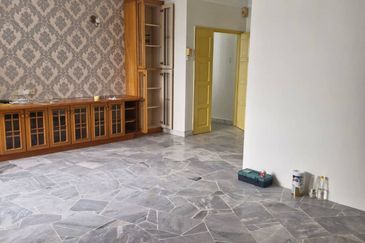
Subang Perdana Goodyear Court 10
Subang Jaya, Selangor
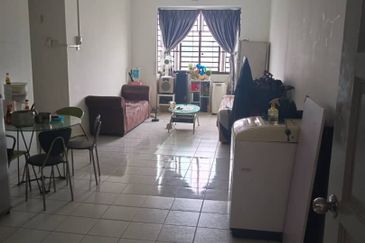
Nusa Perdana Serviced Apartment
Gelang Patah, Johor
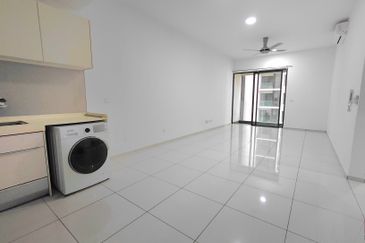
D'Sara Sentral Serviced Residence
Sungai Buloh, Selangor
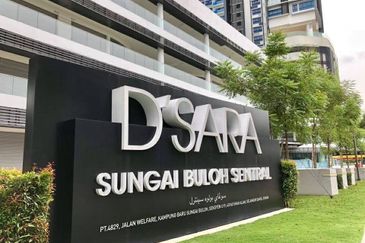
D'Sara Sentral Serviced Residence
Sungai Buloh, Selangor


